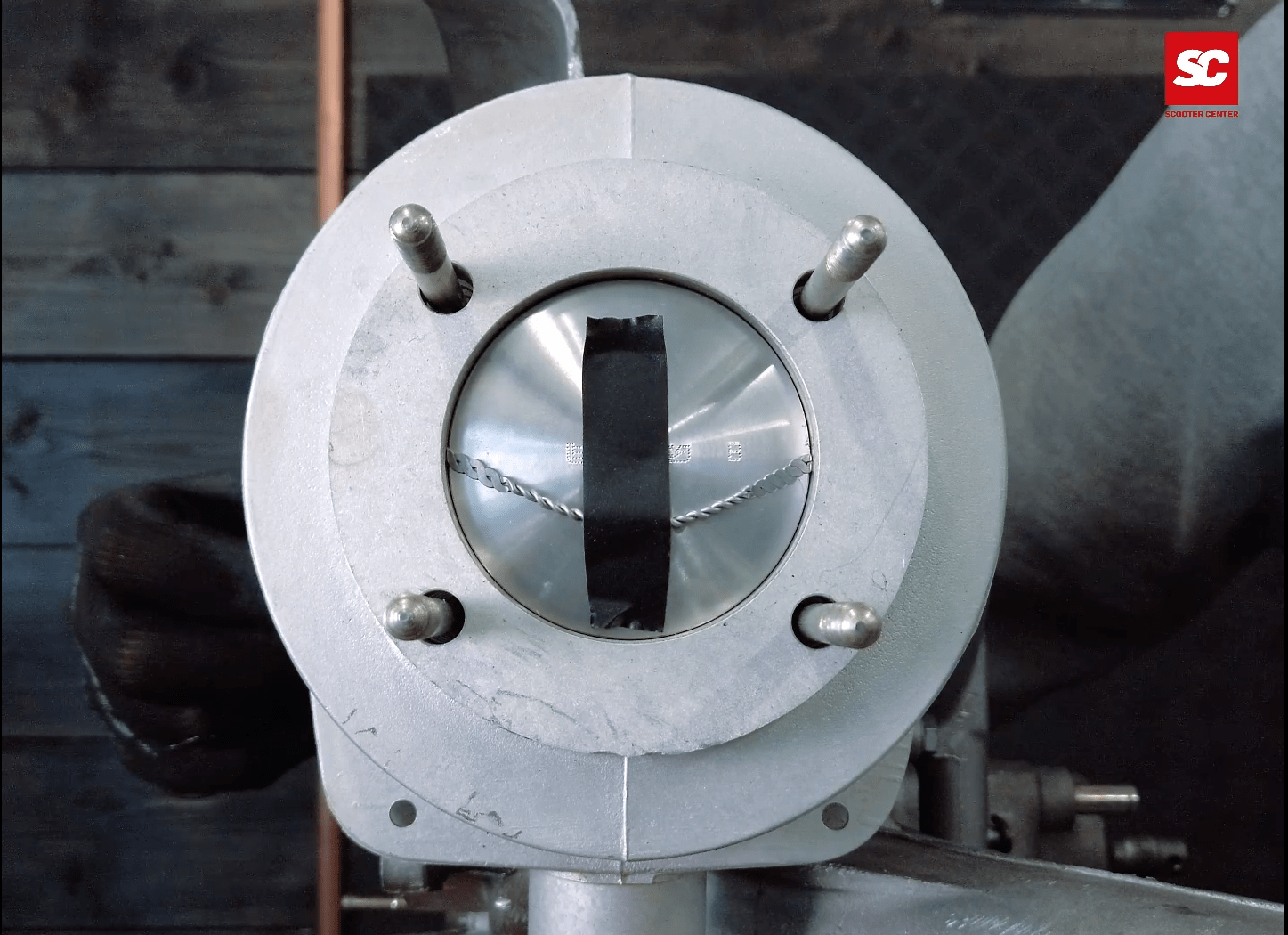Postage free from 99€ (DE)
High customer satisfaction
Shipping today with order in 5 h 17 min
- Blog
- TUTORIAL - Vespa PX squeeze edge

In our second tutorial, we explain how to measure and set the squish gap using a bgm177 cylinder. The same process applies to other cylinders, although the measurements can vary greatly depending on the manufacturer or intended use, so they may differ from the values shown in the video.

For the heart of Platonika, we first mounted the bgm177 cylinder in a dry fit. That means the piston is installed without piston rings and only with the upper crankshaft bearing. This simplifies the process if the cylinder needs to be mounted multiple times to get the correct squish clearance, avoiding the need to insert the rings until final assembly.
The bgm177 cylinder comes with several base gaskets in different thicknesses: 0.2mm, 0.4mm, and 0.6mm. You can find them here.

Install the cylinder without a base gasket to measure the squish gap. For the measurement, we use soft solder wire with a diameter of 2mm.
The solder piece should be as long as the bore diameter. A little extra length helps you tape it in place on top of the piston, aligned parallel to the piston pin.

Mount the cylinder head with a head gasket and tighten it. Then, by rotating the crankshaft, the piston is pushed through top dead center (TDC). This compresses the solder wire between the piston crown and the squish band of the head, capturing the current squish gap.
After disassembling the cylinder head, you can simply measure the flattened solder ends with a caliper. In our example, the result was 0.62mm. According to the datasheet for the bgm177 cylinder, the recommended squish clearance is 1mm.

To adjust from 0.62mm to 1mm, a 0.4mm base gasket is added, which brings the value up to the recommended 1mm.
